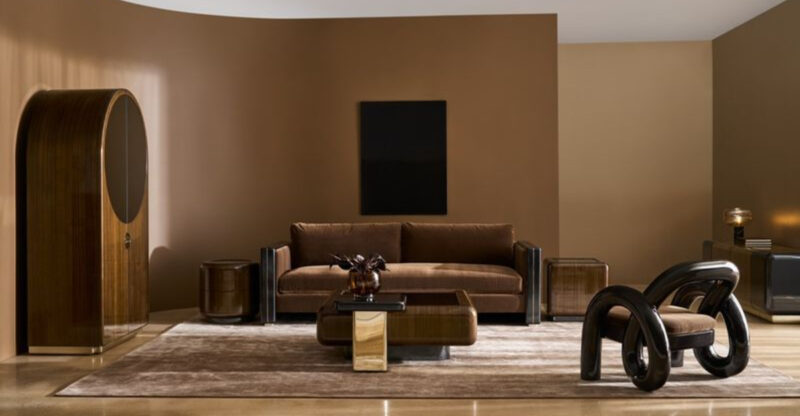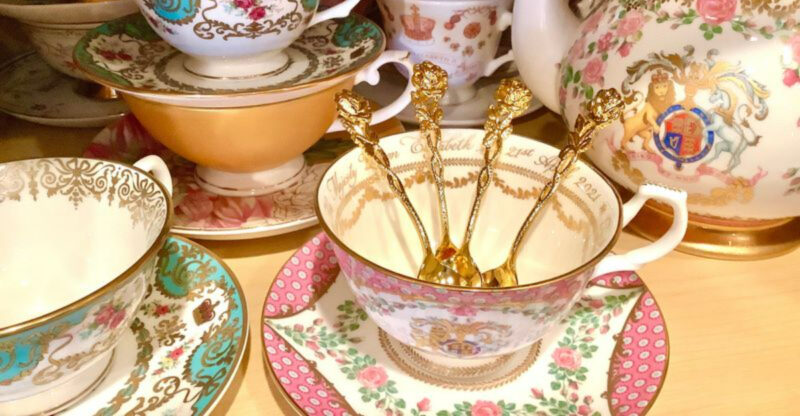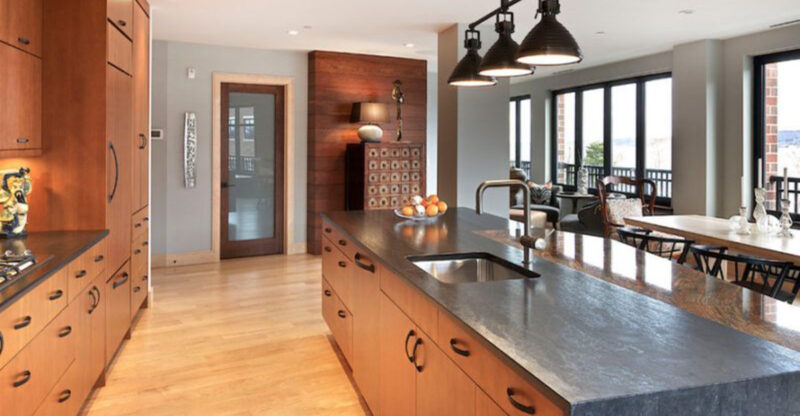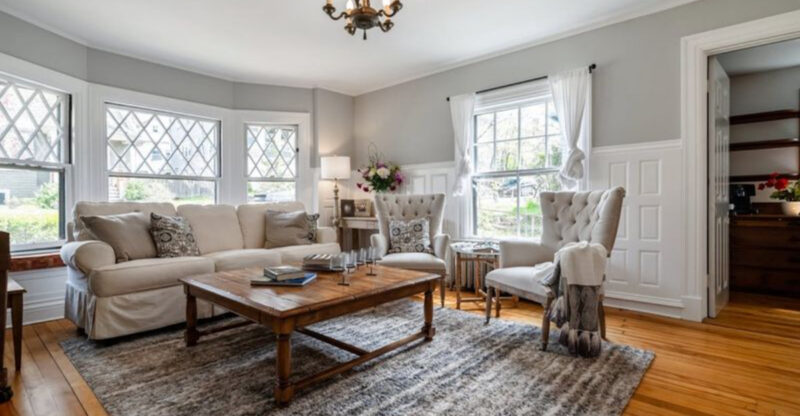12 Interior Items Designers Say You Should Never Waste Money On (And 10 To Not Even Think About Buying)
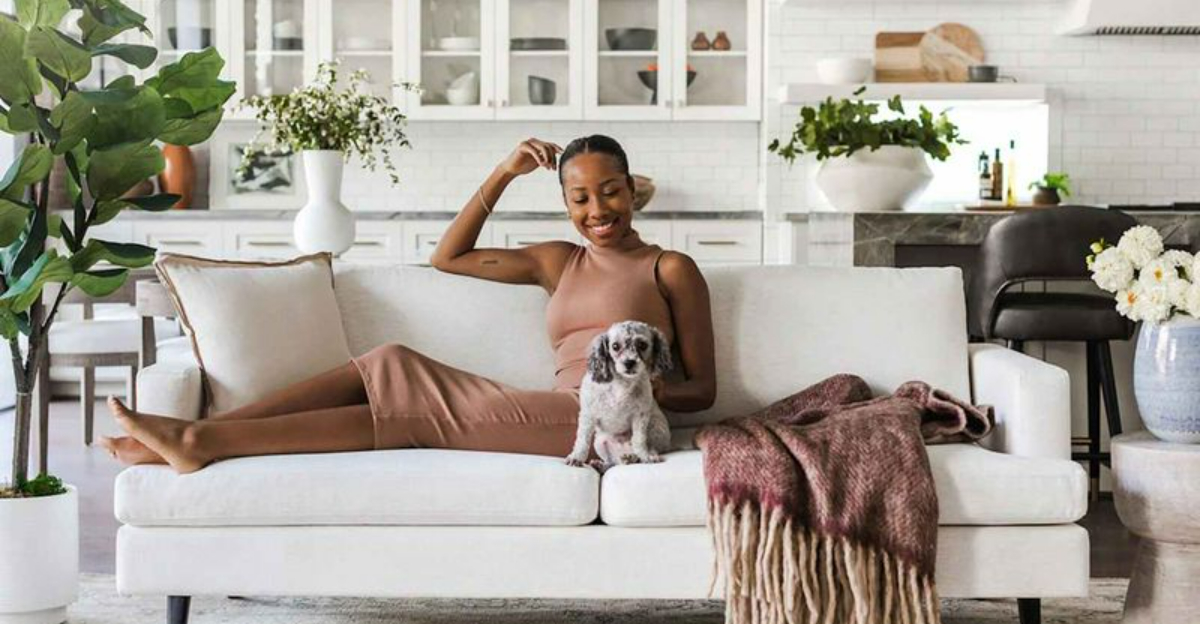
Ever wondered why your home never looks like those glossy magazine spreads despite spending a fortune? The secret might be that you’re investing in all the wrong pieces.
Professional interior designers have seen countless homeowners throw money away on trendy items that quickly become eyesores or dust collectors.
I’ve gathered insights from top designers to help you avoid these costly mistakes and save your hard-earned cash for pieces that actually matter.
1. Mass-Produced Wall Art with Generic Quotes
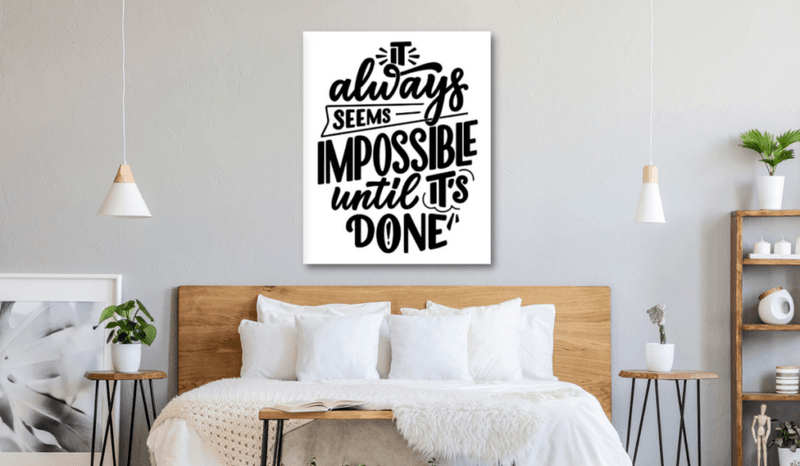
Those mass-market canvases with “Live, Laugh, Love” splashed across them are the first things designers notice when entering a home – and not in a good way. They lack personality and scream “I didn’t put much thought into this space.”
Instead, invest in original artwork from local artists or even frame your own travel photos. Personal pieces tell your unique story and create genuine conversation starters when guests visit. Even a child’s artwork professionally framed makes a more meaningful statement than generic store-bought quotes.
2. Particle Board Furniture
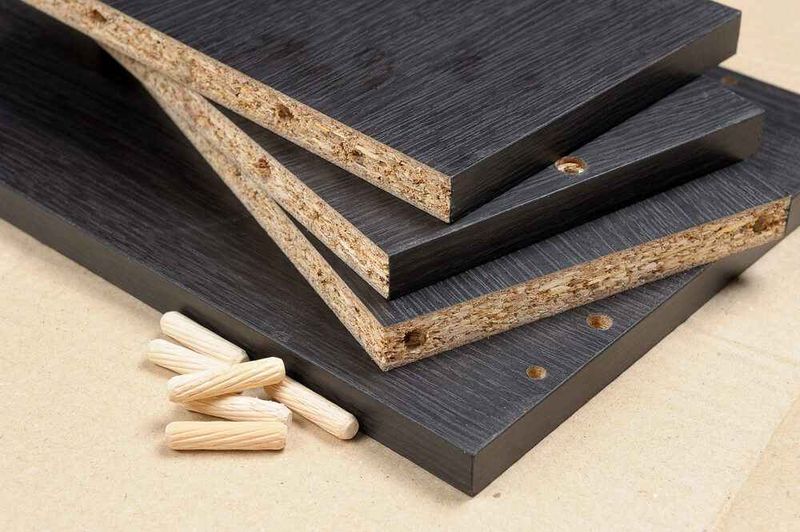
Flimsy particle board furniture might seem budget-friendly initially, but it’s actually a money pit. These pieces often break down after just a year or two, forcing you to replace them repeatedly.
Save up for solid wood or high-quality engineered wood instead. While the upfront cost is higher, quality pieces can last decades rather than months. Even secondhand solid wood furniture from thrift stores or estate sales offers better value than brand-new particle board items from big box stores.
3. Matching Furniture Sets
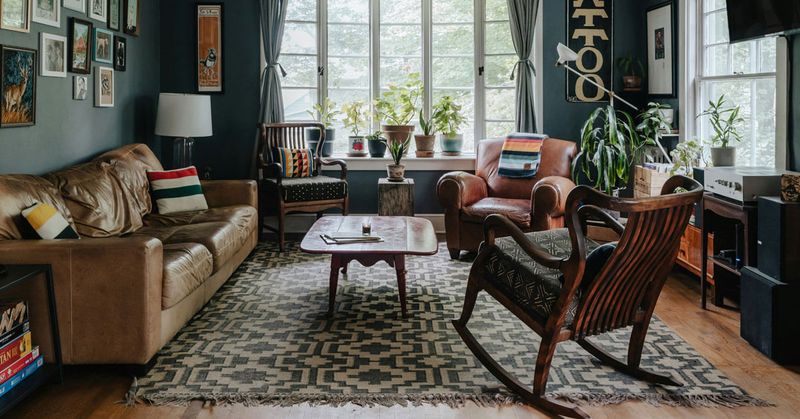
Walking into a room where everything perfectly matches feels like visiting a furniture showroom, not a lived-in home. Those bedroom or living room “suites” that retailers push so hard actually make your space feel flat and impersonal.
Curate your furniture pieces individually instead. Mix different wood tones, styles, and textures to create depth and character. Your home will feel more collected over time rather than purchased all at once. This approach also allows you to upgrade pieces one by one as your budget allows.
4. Decorative Pillows in Excess
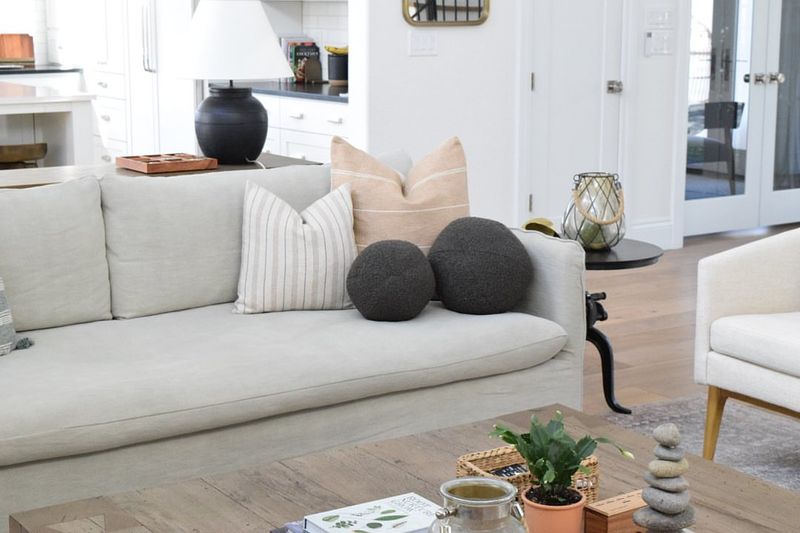
Five minutes before bedtime is not when you want to deal with removing fifteen decorative pillows from your bed. Beyond the daily hassle, those piles of unused pillows collect dust and take up valuable storage space.
Limit yourself to 2-3 statement pillows per bed or sofa. Choose quality over quantity with washable covers in textures that add genuine comfort. Remember that pillows should serve both decorative and functional purposes – if you’re constantly moving them out of the way, they’re just expensive clutter.
5. Fragile White Upholstery

That pristine white sofa looks stunning in showrooms and photoshoots where nobody actually lives. In real homes with kids, pets, or even just adults who occasionally enjoy red wine, white upholstery becomes a stress-inducing money drain.
Performance fabrics have revolutionized home design. Today’s stain-resistant options come in beautiful textures and colors while standing up to real life. Medium tones in tweeds, bouclés, or microfibers hide minor spills while still looking sophisticated. Your furniture should enhance your life, not restrict it.
6. Oversized Sectionals in Small Spaces
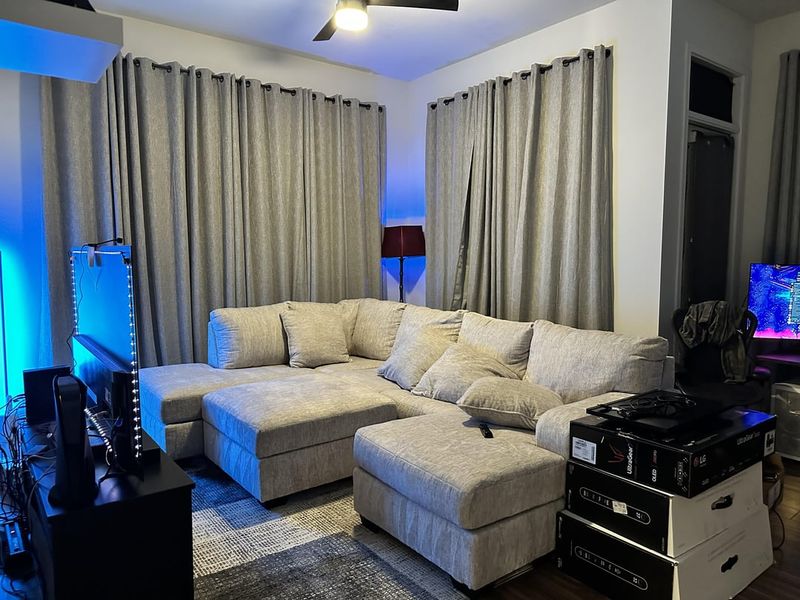
Cramming a massive sectional into your modest apartment might seem cozy, but it actually makes the space feel smaller and more cluttered. These oversized pieces often block natural pathways and overwhelm the room’s proportions.
Scale your furniture to your actual space, not your dream home. A well-proportioned loveseat with a stylish accent chair often creates better flow than a bulky sectional. Remember that negative space is crucial in design – rooms need breathing room to feel balanced and welcoming.
7. Single-Use Kitchen Gadgets
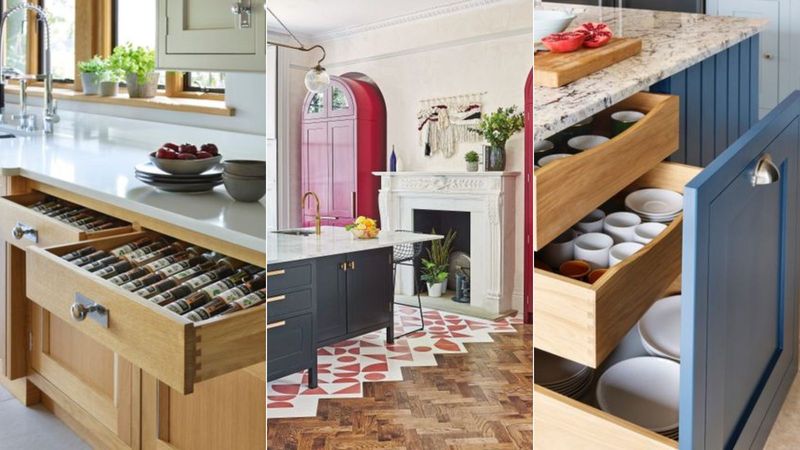
That avocado slicer and banana hanger seemed revolutionary in the store, but now they’re just taking up valuable drawer and counter space. Kitchen gadgets designed for ultra-specific tasks rarely justify their cost or storage requirements.
Focus on versatile, high-quality kitchen tools instead. A good chef’s knife can handle dozens of tasks that single-use gadgets promise to solve. Before buying any kitchen item, ask yourself if it performs a function you can’t accomplish with tools you already own.
8. Artificially Distressed Furniture

Factory-made “vintage” furniture with fake distressing looks inauthentic up close. These pieces often combine the worst aspects of both worlds – neither the quality of genuinely old pieces nor the clean lines of contemporary design.
If you love worn looks, invest in actual vintage pieces with natural patina and character. Alternatively, buy quality new furniture and allow it to develop its own story over time. Authentic wear tells a story; manufactured distressing just tells everyone you fell for a marketing gimmick.
9. Trendy Statement Lighting
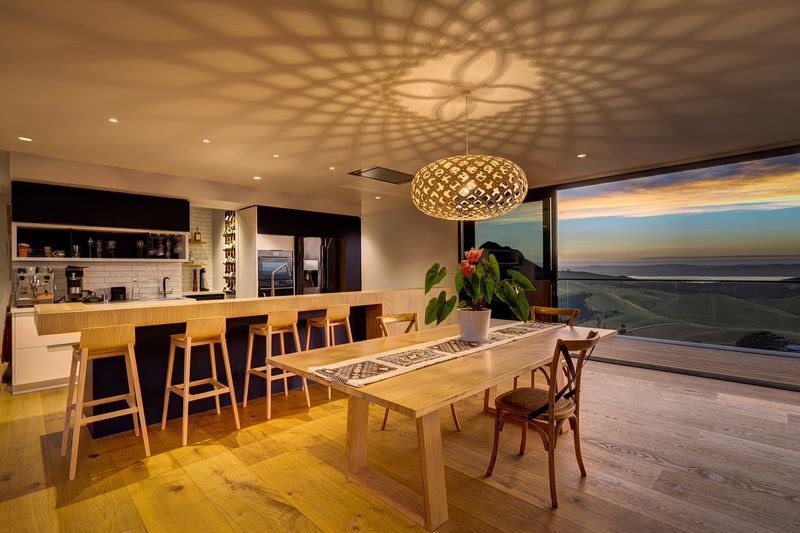
Remember those sputnik chandeliers everyone had to have a few years ago? Or the Edison bulb explosion? Extremely trendy lighting fixtures quickly date your space and can be expensive to replace when styles change.
Choose lighting with classic silhouettes that complement your home’s architecture. If you crave current styles, incorporate them through less expensive accessories that are easier to swap out. Quality lighting should enhance your space for years, not make it look like a time capsule from a specific design trend.
10. Cheap Area Rugs
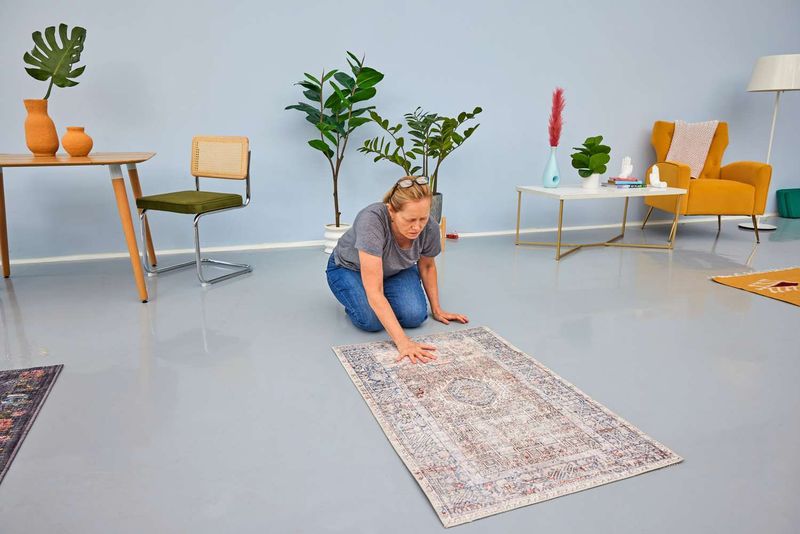
Flimsy, synthetic rugs might seem like a bargain, but they typically shed, fade, and wear out within months. They also tend to bunch up, creating tripping hazards and constantly needing readjustment.
A quality rug becomes the foundation of your room’s design while lasting for decades. Natural fibers like wool cost more initially but clean better and develop beautiful patina over time. Even a smaller high-quality rug makes more impact than a room-sized cheap one that looks worn after a single season.
11. Faux Plants That Collect Dust
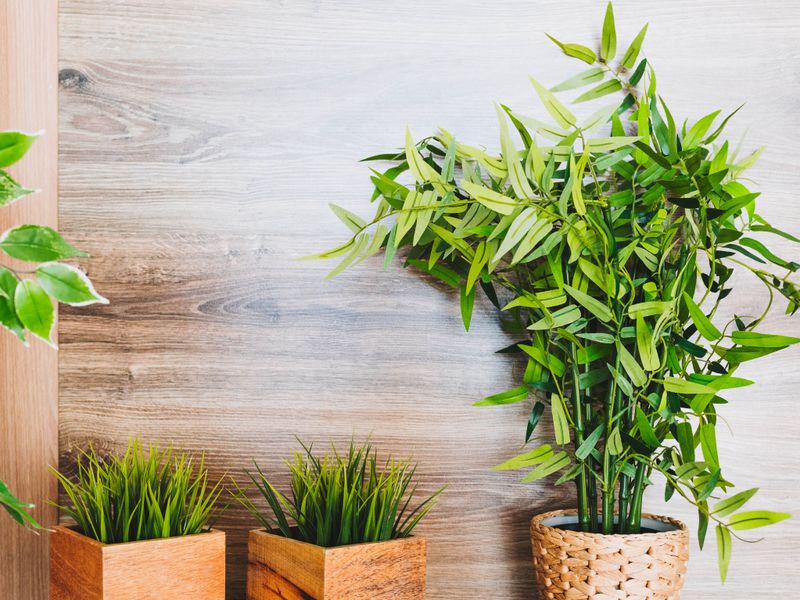
Those dusty silk ferns and plastic ficuses fool absolutely no one. Low-quality artificial plants look increasingly fake as dust accumulates in their unrealistic leaves, creating both an eyesore and another cleaning chore.
If you lack natural light or a green thumb, today’s high-quality faux options can be convincing alternatives. However, real plants that match your light conditions and care abilities bring genuine life to spaces. Even low-maintenance options like snake plants and pothos add texture and improve air quality.
12. Overly Themed Decor

Going all-in on nautical, farmhouse, or any singular theme creates a space that feels more like a themed restaurant than a home. These heavily themed rooms quickly become tiresome and often involve purchasing numerous decorative items with limited purpose.
Incorporate themes subtly through just a few key pieces instead. A coastal-inspired room might have blue accents and natural textures rather than anchors and ship wheels everywhere. This approach allows your decor to evolve naturally over time without requiring a complete overhaul when trends change.
13. Acrylic or Lucite Furniture

Remember when “ghost chairs” were everywhere? These transparent pieces often look cheap in person and show every fingerprint, scratch, and speck of dust. They’re also surprisingly expensive for their typically short lifespan.
Clear furniture can work as a single statement piece, but filling rooms with acrylic creates a cold, impersonal atmosphere. For a similar light, airy effect, consider furniture with slim profiles and lighter finishes. These options add visual space without the maintenance headaches and dated look of transparent plastic.
14. Poorly Made Curtains

Skimping on window treatments is immediately noticeable. Thin, unlined curtains hang awkwardly, fail to block light effectively, and provide no insulation benefits. They’re essentially useless for their intended purposes.
Quality window treatments transform rooms through light control, temperature regulation, and acoustic improvements. Full-length curtains that puddle slightly on the floor create a luxurious look that short panels never achieve. Hang them high and wide to make windows appear larger and maximize natural light.
15. Wallpaper Peel-and-Stick Murals

Those massive forest scene or cityscape wall murals quickly become the only thing anyone notices in your room – and not in a flattering way. They dominate the visual space and typically look dated within months of installation.
For dramatic walls, consider textured paint techniques or wallpaper in subtle patterns instead. If you love the ease of peel-and-stick products, choose geometric or small-scale patterns that complement rather than overwhelm your space. Remember that backgrounds should enhance your furniture and art, not compete with them.
16. Bathroom Carpet

Wall-to-wall carpet in bathrooms remains one of interior design’s greatest mysteries. This moisture-trapping floor covering becomes a breeding ground for mildew and bacteria in high-humidity environments.
Porcelain tile, luxury vinyl, or natural stone provide waterproof, easy-to-clean alternatives that actually last in bathroom conditions. If you crave softness underfoot, add washable bath mats that can be regularly laundered. Your future guests (and your home inspector) will thank you for choosing appropriate materials for wet spaces.
17. Oversized Artwork in Small Spaces
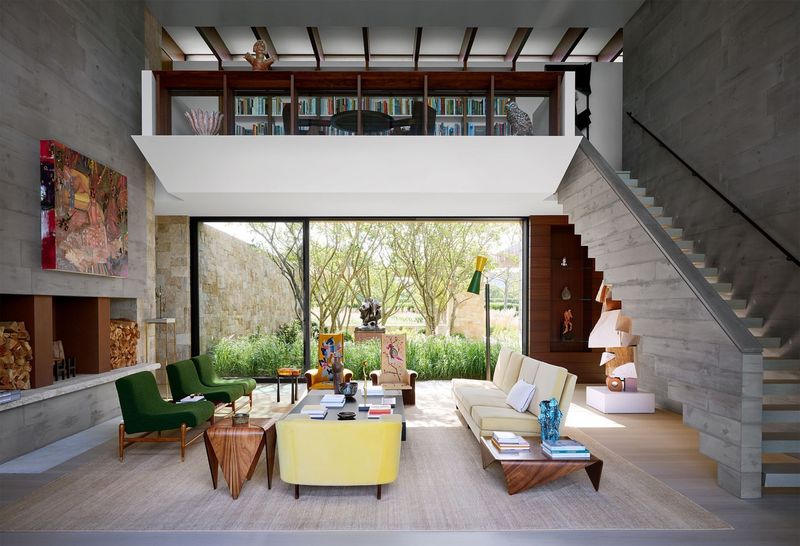
Massive canvas prints that overwhelm modest walls create uncomfortable, out-of-scale rooms. When artwork dwarfs the furniture and architecture around it, the entire space feels unbalanced and poorly planned.
Scale your art to your actual wall size, leaving appropriate breathing room around the edges. Gallery walls of smaller pieces often work better in limited spaces than single oversized works. Remember that properly scaled art enhances architecture, while incorrectly sized pieces fight against it.
18. Outdated Cabinet Hardware
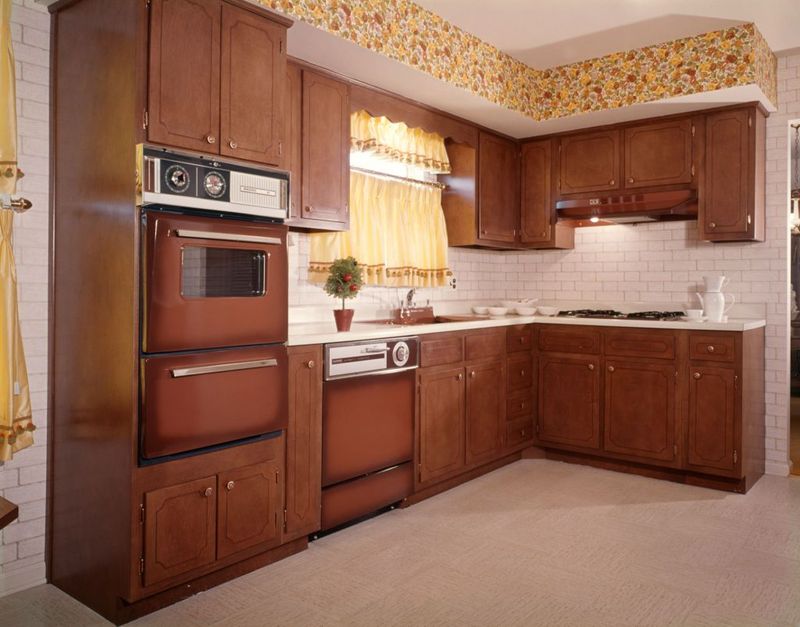
Those shiny brass knobs from the 1990s instantly age your kitchen or bathroom. Hardware is like jewelry for your cabinets – when it’s outdated, everything looks tired regardless of condition.
Updating pulls and knobs is one of the most affordable ways to refresh spaces without major renovation. Modern matte black, brushed nickel, or aged brass options can transform dated cabinetry with minimal effort. Just ensure the new hardware matches your faucets and light fixtures for a cohesive look.
19. Faux Marble Contact Paper

That sticky-backed marble-look paper never fools anyone up close. The repeating patterns, plastic sheen, and inevitable bubbles and peeling edges quickly reveal the budget shortcut attempt.
Save for real stone or quality alternatives instead. If natural marble exceeds your budget, consider quartz, solid surface materials, or even ceramic tiles with convincing marble patterns. These options provide durability along with beauty, rather than a temporary fix that often causes more problems than it solves.
20. Furniture With Built-In Cup Holders
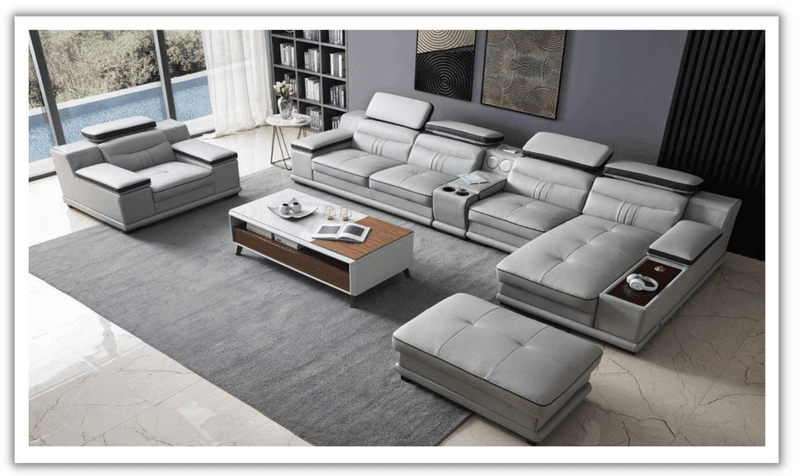
Recliners and sofas with integrated cup holders, storage compartments, and charging stations might seem convenient but quickly look dated and cheap. These features often break first while the furniture itself remains functional, creating ongoing eyesores.
Choose well-designed furniture focused on comfort and quality construction instead. A simple side table serves the same purpose as built-in cup holders without limiting your future design options. Quality upholstery without gimmicks adapts to changing needs and styles over decades rather than years.
21. Vertical Blinds
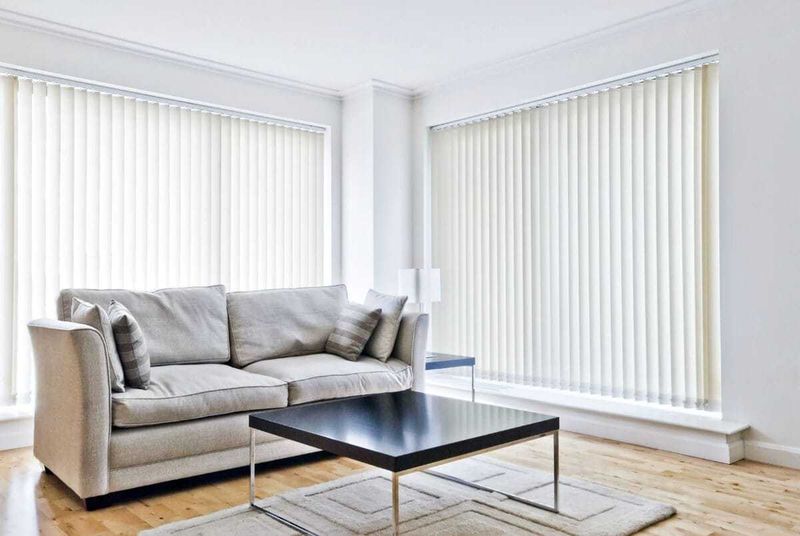
Nothing says “dated apartment” quite like those clicking, plastic vertical blinds that never hang quite straight. They’re magnets for dust, frequently break individual slats, and create an institutional feeling in otherwise lovely spaces.
Upgrading to simple roller shades, Roman blinds, or curtain panels immediately elevates rooms. Even inexpensive ready-made curtains provide a softer, more finished look than vertical blinds ever could. Your windows frame your view of the world – they deserve better than flimsy plastic strips.
22. Decorative Towels Nobody Can Use

Those elaborately folded guest towels with seasonal embroidery that nobody is actually allowed to touch serve no practical purpose. They create confusion for guests and waste valuable bathroom storage space.
Beautiful, high-quality towels meant for actual use bring both luxury and function to bathrooms. Invest in plush, absorbent towels in colors that complement your bathroom design. When they’re not being used, they’ll still look attractive hanging on hooks or bars while remaining accessible for their intended purpose.

